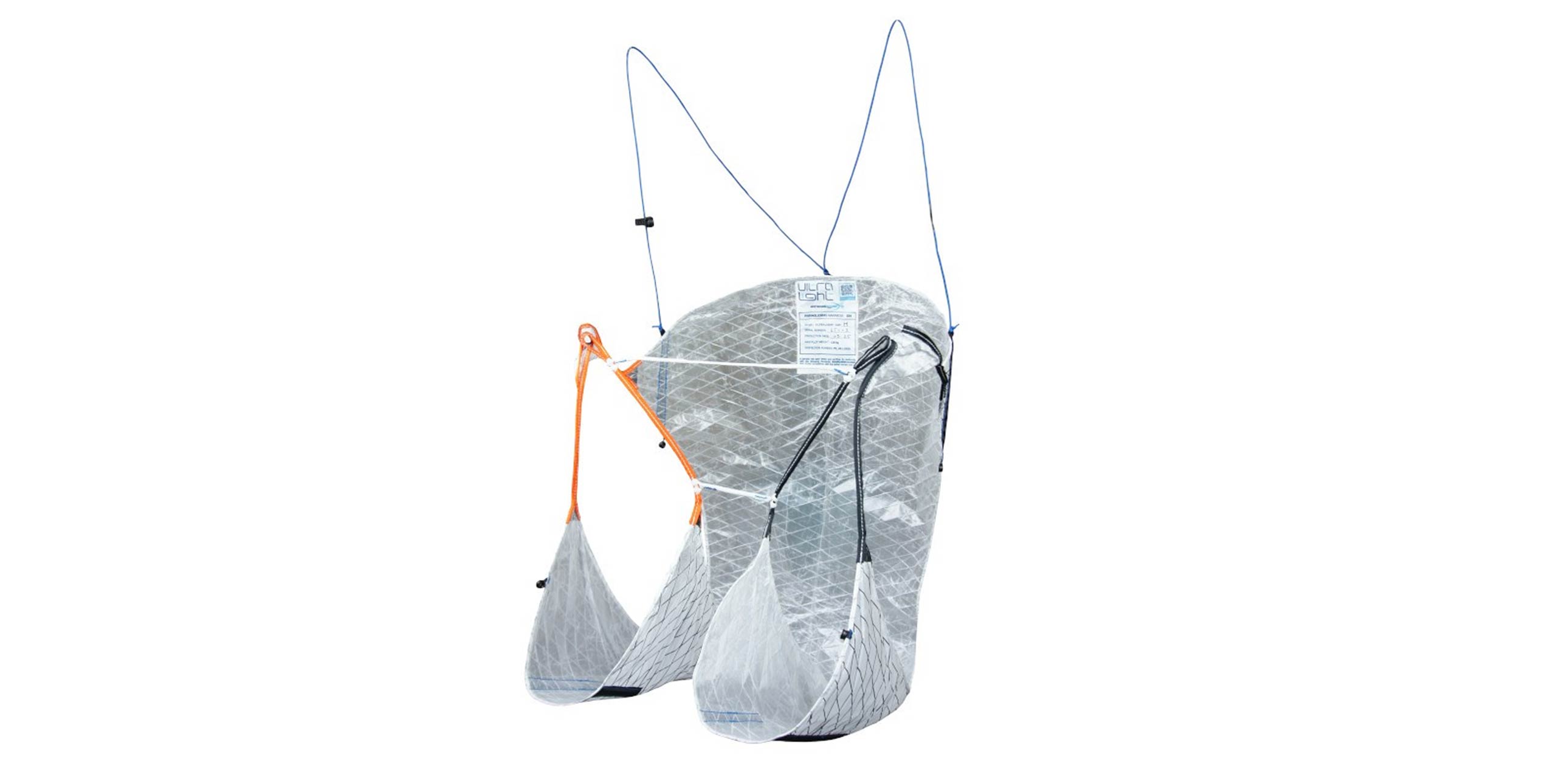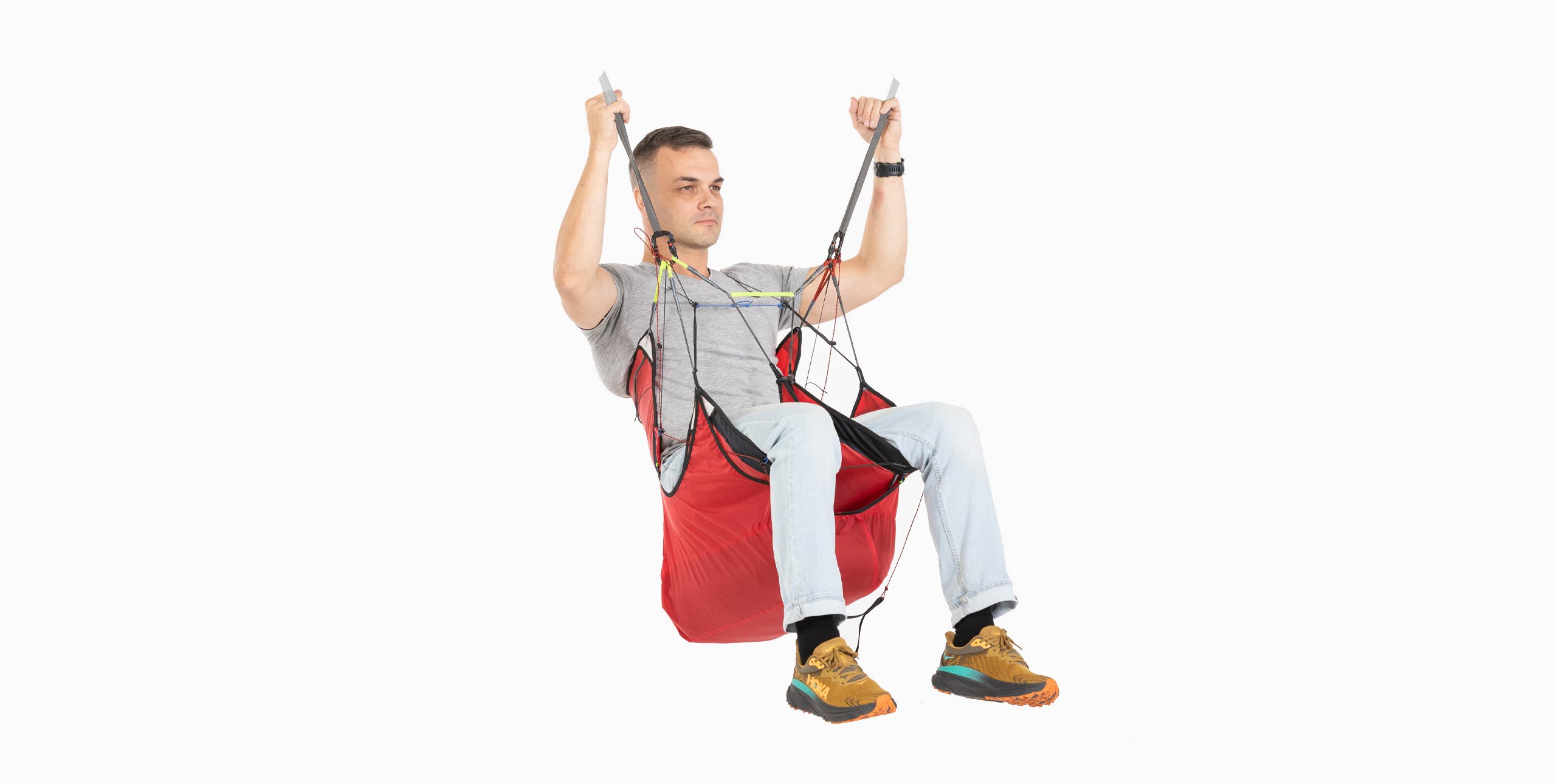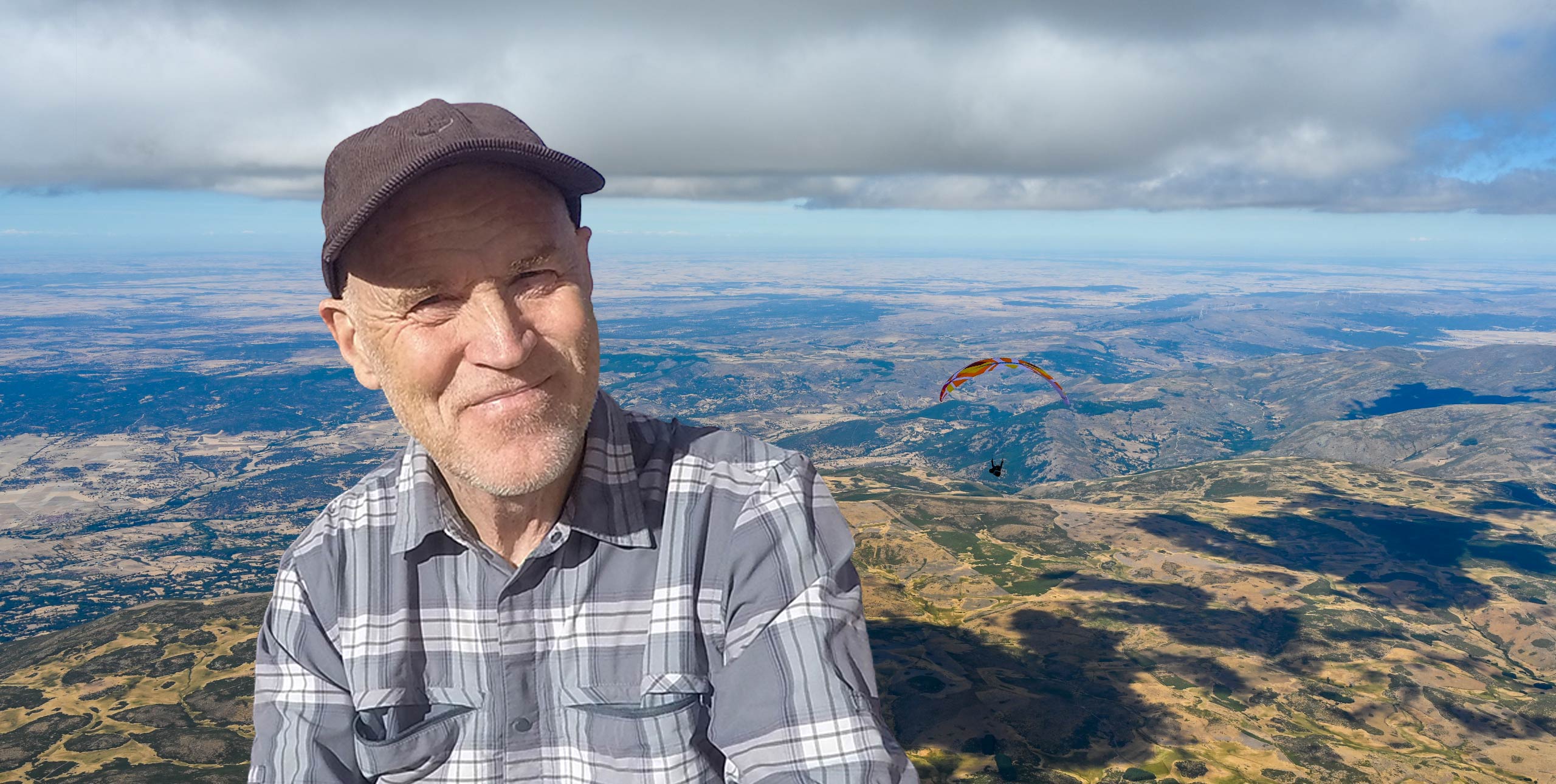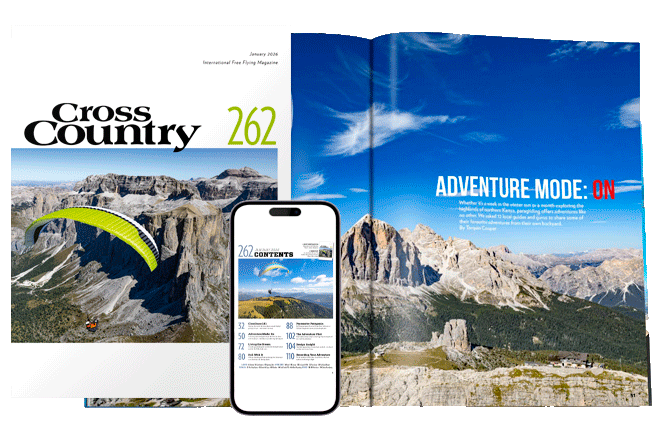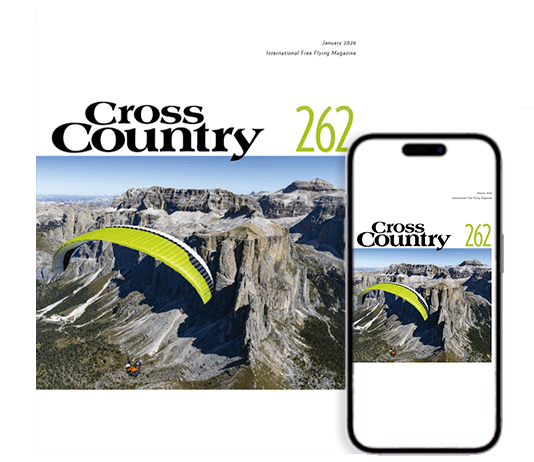
Advance say their new lightweight high EN-B paraglider, the Iota DLS, heralds a whole new design philosophy for the company. DLS stands for Durable Lightweight Structure, and it’s something we can expect to see on future Advance wings.
We’ve been expecting an Iota 3 but Advance, like most paragliding brands, have been the victim of frustrating Covid-induced manufacturing delays. They used this time to continue development work on the Iota, among other things, and the DLS was born.
The DLS came about because, Advance say, “Many pilots want lightweight, but still robust products. They deliberately don’t want an ultralight glider because they don’t completely fulfil their desired level of durability and require special care in handling.
“Computer-aided analysis enabled us to focus, in great detail, on those areas of a paraglider which are exposed to high stress, and therefore deserve specific attention. This allows us to selectively decide on the mix of lightweight and conventional materials to use, but, above all, design the best geometric shapes of individual components such as diagonals, tension bands or rib crossports in an economic way that also eliminates weaknesses in durability and robustness.”
The Iota DLS weighs 3.9kg in the smallest, 21m², size, which is 400g lighter than the Iota 2 in the same size. In addition, it has no upper C-wires so it can be packed down smaller. Advance say there are no compromises in lifespan or robustness. “Highly stressed areas, especially the entire upper surface and all ribs, are made from a variety of robust and low stretch quality Porcher Sports fabrics.”
The Iota DLS’s profile is based on the Sigma 11 but adapted for EN B class, resulting in a step up in performance. It has a B-C pitch-control system. The company say the passive safety and extreme flight behaviour are both improved compared with the Iota 2, and in-flight comfort is high without sacrificing feedback.
First deliveries of the Iota DLS are expected in April 2022.



